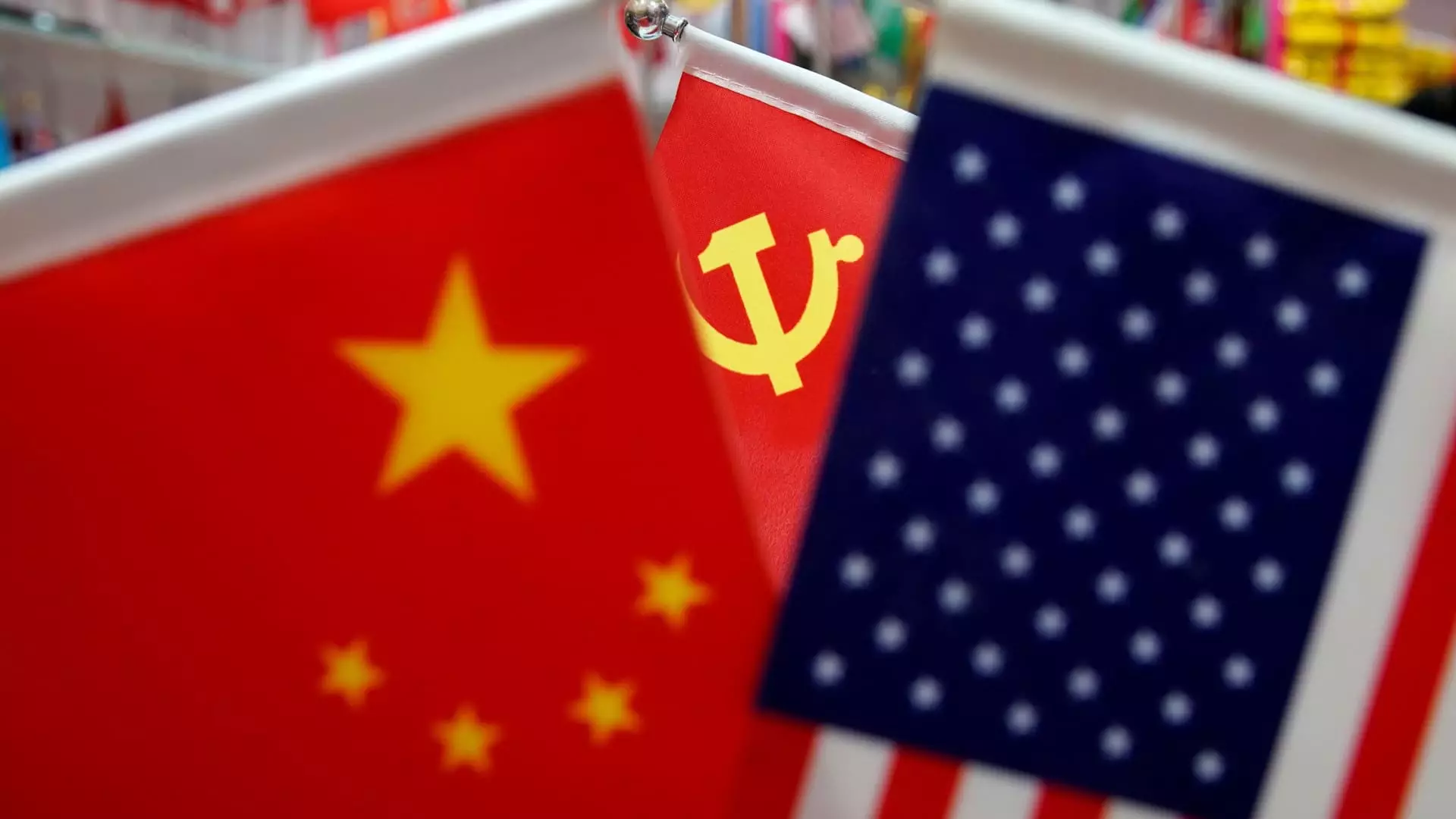As the political landscape shifts in the United States with the election of President-elect Donald Trump, China seizes the opportunity to emphasize the importance of collaboration between the two global powers. In a statement filled with optimism, a spokesperson from China’s Ministry of Commerce expressed the nation’s willingness to foster a relationship rooted in mutual respect, peaceful coexistence, and win-win cooperation. This reflects a desire to maintain open lines of communication, particularly in light of anticipated challenges in economic relations.
This call for cooperation comes amid rising concerns about potential trade policies that could adversely affect China’s economy, notably the specter of increased tariffs proposed during Trump’s electoral campaign. Recognizing the volatility that can accompany such decisions, China’s response indicates a strategic intent to engage diplomatically while also preparing for possible escalations in trade tensions.
Bilateral Differences and Economic Realities
China’s stance is underscored by Beijing’s acknowledgment of significant economic interdependence with the United States. The complexities of international trade mean that both nations can benefit from collaborative efforts even amid disagreement. Economic analyst Yue Su predicts that Trump’s administration may pursue tariffs in the early stages of his term, indicating a readiness to use legislative tools to impose measures that could affect trade balances. Such strategies highlight the precarious nature of negotiations and the potential for rapid economic shifts based on leadership priorities.
Conversely, there exists a juxtaposition among analysts regarding the likelihood and impact of possible tariffs. Some believe the proposed tariff measures represent an extreme that may not materialize in their entirety, while others warn that even modest increases could lead to significant fallout in global markets. The sentiments echoed by David Chao from Invesco suggest that a preference for negotiation over escalation might prevail, as Trump’s administration seeks to leverage economic ties for strategic concessions, including increased agricultural purchases from the U.S.
The Global Implications
The pathway of U.S.-China relations is complex, characterized by both opportunities for collaboration and cautionary elements regarding competition. While the Chinese government is keen on portraying a unified stance that encourages partnership, the reality is that geopolitical maneuvering will play a critical role in shaping future negotiations. The uncertainty surrounding tariffs and trade strategies creates an atmosphere ripe for instability—not just for China, but for the entire Asian market.
Interconnected economies mean that policies affecting one country can reverberate globally, so any tariff imposition could disrupt supply chains and affect consumer prices. Analysts suggest that a broader implementation of tariffs could undermine growth prospects in Asia, highlighting the global stakes involved in domestic policy decisions. The United States and China hold pivotal roles in the world economy, and their actions will significantly influence not only their respective markets but the economic landscape worldwide.
As the new administration prepares to take the helm, how it navigates its relationship with China will be watched closely. Both countries have an abundance of shared interests to consider, yet the potential for conflict looms large as a backdrop to any collaborative endeavors. With economists and analysts divided on future developments, the emphasis on communication and negotiation remains crucial. In a world marked by rapid change, the importance of fostering a stable relationship between these two powers cannot be overstated, as both seek to balance national interests with the benefits of joint cooperation.


Leave a Reply